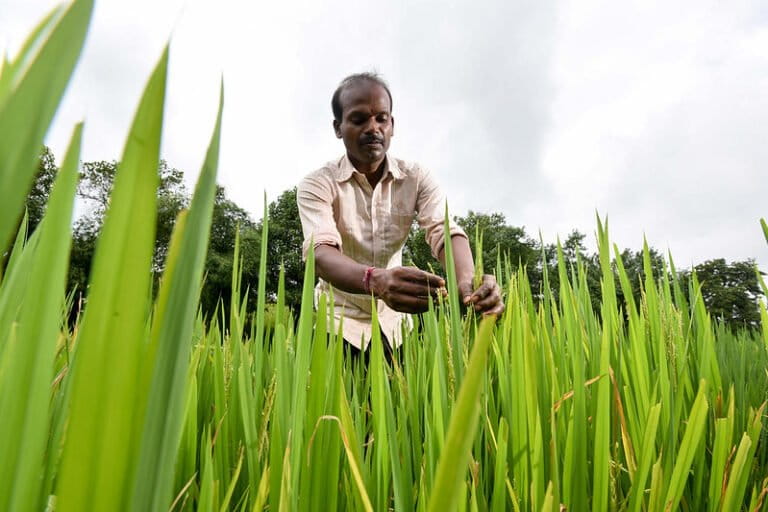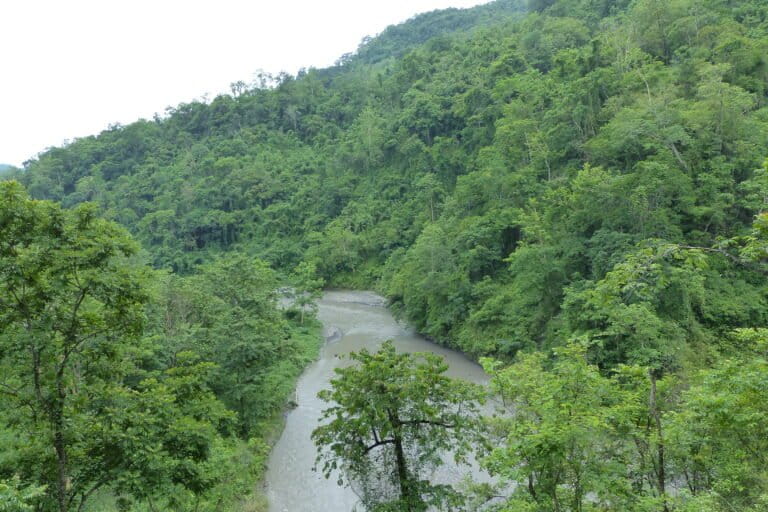This week’s environment and conservation news stories rolled into one.
Subscribe to our YouTube channel to watch the latest high quality, original video stories from nature’s frontline in India.
To receive a weekly email with a roundup of our stories, please sign-up for our newsletter.
Birds use waste to build nests in a Bhopal institute
Seven bird species are using anthropogenic waste material to construct their nests in Bhopal.
Odanthurai’s windmill experiment, a pioneering move that had its wind knocked out
In Tamil Nadu, the absence of favourable policies impedes transition to community renewable energy projects.
Privacy concerns rise as wildlife surveillance tech ‘watches’ people
Conservation technologies such as camera traps, are being used in human surveillance, accidentally or intentionally.
Ruza, a traditional water harvesting system for the water-scarce mountains
A century-old water harvesting system helped Kikruma, a village in Nagaland, overcome water scarcity and achieve good harvest.
[Interview] Ocean processes influence monsoon, but it’s not always climate change, says M.N. Rajeevan
Monsoon varies on different scales of time. Most of this variation is caused by natural phenomena such as the Indian Ocean Dipole and remote events such as El Niño and Arctic climate variability.
We need more rigorous studies to understand these changes and their outcomes,says monsoon expert Madhavan Nair Rajeevan.
[Commentary] How grassroots-led natural farming at the landscape scale can support communities and heal the planet
At a time, when India’s consumption of chemical fertilisers has risen by 400 times in the past five decades from 1951-52 to 2009-10, agroecology can support communities and heal the planet.
Referred to as natural farming in India, the emphasis of the system is on soil health improvement, biodiversity and the well-being of farmers through sustainable farming practices.
Ecosystem-based adaptation takes nature-based, people-centric approach to agriculture
EbA helps farmers reduce their vulnerability to climate change and overcome its vagaries by harnessing biodiversity and natural resources.
Accelerated glacier retreat in Ladakh could spawn three glacial lakes, Wadia Institute study says
Ladakh’s vulnerability to outburst floods could heighten if the Parachik glacier continues to melt at the current rate.
Residents near one of India’s largest uranium mines suspect contamination affecting their fields and health
High levels of uranium contamination in groundwater were found in a 2019 study of samples by the pollution board.
[Commentary] What does the Forest (Conservation) Amendment Act mean for northeast India?
The Amendment Act is set to open the floodgates of commercial plantations, including oil palm, in northeast India.










